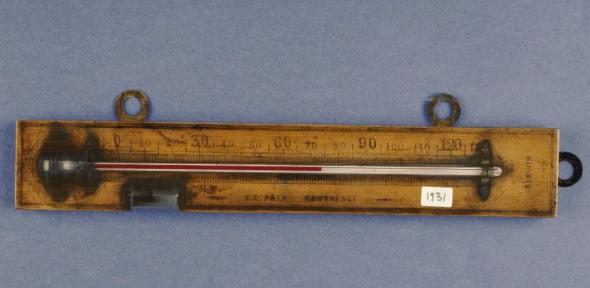The later Florentine thermometer was also a sealed liquid-in-glass design (Image 1). In this instance, the expansion and contraction of the thermometer's liquid was measured against a scale of glass beads that marked the neck of the phial. A variety of liquids were used to measure temperature, but most thermometers were filled with water or spirit of wine. This was a colourless spirit, as red dye tended to soil the tube.
Antonio Alamanni and Jacopo Mariani, master glass-blowers to Ferdinand II, Grand Duke of Tuscany, produced many of the thermometers used at the Accademia del Cimento (the Academy of Experiments), which was founded by Ferdinand II and his brother, Prince Leopold, in 1657 to conduct extensive experiments on the conditions of the atmosphere. Mariani claimed his workshop could produce 50 degree thermometers with uniformity; however, manufacturing consistent products measuring 100 and 300 degrees proved too challenging.
Although Florentine scales did not use fixed points, such as the heat of boiling water, to establish the amount of spirit sealed inside the tube, thermometers produced in Mariani's workshop are remarkable in that their temperature readings consistently agree between each other.




